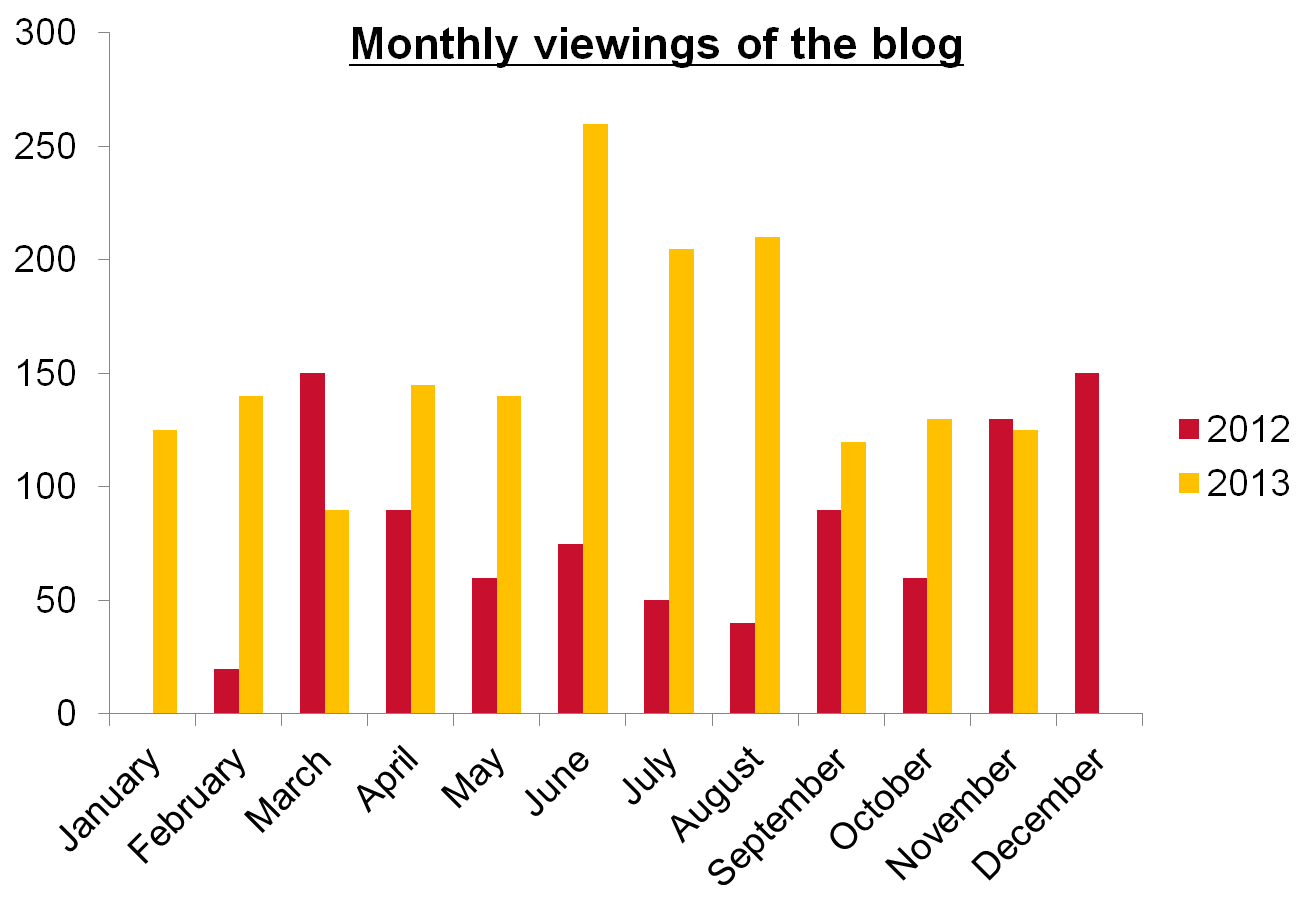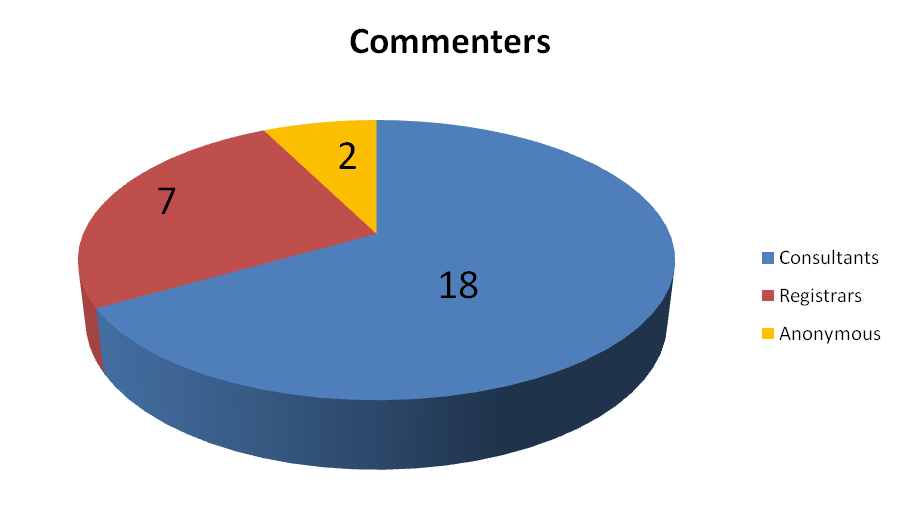


Theme
9II Virtual Patients/Social networking
INSTITUTION
Worthing Hospital, Western Sussex Hospitals NHS Trust (Paediatrics department)

- The European Working Time Directive (EWTD) and resultant shift-based patterns have led to the erosion of team-based structures within the NHS.
- This has had a demonstrable impact on trainee's access to educational meetings including journal clubs and has reduced the opportunities for professional dialogue between clinicians.
- It is imperative that trainee Paediatricians have access to educational resources and can draw experience and knowledge from them.
- Knowledge can be gained from access to educational resources alongside face-to-face contact.
- The internet is an obvious avenue to exploit in today's technology-driven world.
METHODS
- We established 'Paediatric Snippets', a paediatric blog in February 2012 to respond to this educational gap using open-access software at http://www.wordpress.com
- The blog is managed by library services in Western Sussex NHS Hospitals trust enabling direct links to ascribed journal articles.
- The blog has tags linking similar postings, highlighting those of particular relevance to individual clinicians. It provides links to journal articles, external websites, guidelines and presentations.
RESULTS
- The blog has had 84 postings in 31-months i.e. an average of 3 posts per month (Figure 1).
Figure 1

- Monthly viewing of the blog rose between 2012 and 2013 (Figure 2). This may be skewed downwards as some people receive a link to blog-postings in their email and do not directly visit their website.
Figure 2

- 22 different contributors have posted on 'Snippets', the majority being Consultants (Figure 3)

- Posting comments on the blog has proven difficult as Trust I.T. systems have blocked such activity. Trust librarian's have circumvented this problem by directly receiving comments by email for later posting on the blog.
Figure 4

- However, this conduit has discouraged users from making comments. In the 31 months of the blog, there have only been 27 comments posted by 8 commentators.
- This blog demonstrates how the Internet can be used to enable a network of multi-disciplinary professionals to participate in collaborative learning.
- The virtual learning club we have developed has bridged the gap of distance and restricted working hours, benefitting a community of practitioners.
- By improving communication & education, blogging can lead to better services and improved patient outcomes.
- The Internet is a vast resource which is easily available and can be utilised for the medical education of trainees and consultants alike.
- Development of online journal clubs demonstrates a viable avenue for improvement of medical education.
Topics covered by Paediatric Blog via 'Tags'
asthma bad news brain brain tumour careers cerebral palsy chilaiditi syndrome CMV coeliac disease colon communication CT scanning diagnosis diarrhoea diet Down syndrome electronic resources encephalopathy enuresis epilepsy fractures galactosaemia gastroenteritis guidelines haemangioma haemophilia heart HIV infections innovation IV fluids leukemia liver lymphoma meningitis menstruation neonates neurology neurosurgery nutrition obesity orthopaedics osteomyelitis oxygen PDA pelvic inflammatory disease pregnancy probiotics psychosis pulmonary arterial hypertension radiation rash rheumatology seizures steroids SVT tonsillectomy tonsils training urology vaccines vitamin D Wilm's tumour
REFERENCES:
1. Batts, SA., Anthis, NJ. & Smith, TC. (2008) Advancing science through conversations: Bridging the gap between blogs and the academy. PLoS Biology 6(9): 1837
2. Brown, H. (2005) Review: Netlines. BMJ. 331: 1090
3. Firth-Cozens. J & Cornwell. J. (2009) The Point of Care. Enabling Compassionate Care in Acute Hospital Settings. King's Fund.
4. Kouper. I. (2010) Science blogs and public engagement with science: practices, challenges and opportunities. Journal of Science Communication. 9(1):1-10
 Send Email
Send Email